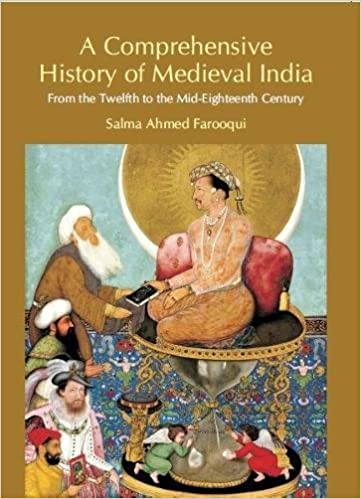
Muslim Calligraphy, Paintings minor Art and Craft
Introduction
1. Calligraphy
• Origin and development of Arabic script
• Status or position of a calligrapher
• Significance of Calligraphy in Islamic arts
• Origin and development of Calligraphy
• Principal forms of Calligraphy
• Sub-styles of Calligraphy
• Master calligraphers of Pakistan
2. Schools of Painting
• Early Arab
• Mesopotamian
• Mongol
• Persian
• Mughal
3. Minor Arts
• Metal work
• Glass work
• Wood work
• Book illumination
• Book binding.
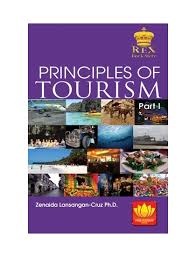
Tourism Concepts and Principles
Unit-1
Introduction
Introduction, Types and Forms, Components of Tourism and Tourism Management, Economic
Importance, Benefits and costs of Tourism, Basis of Tourism, Geography of Pakistan, GeoPhysical Features of Pakistan
Unit-2
Major Components of Tourism
Travel (Air, Sea, and Road), Accommodations (Hotel and Restaurants), infrastructure,
superstructure, composition related industries, resources (natural and cultural) and activities
Unit-3
Impacts of Tourism
Economic, environmental, social, cultural etc.
Unit-4
Tourism Management
What is management, Tourism products, role of management, strategies, Tourism organization,
Financial Analysis
Unit-5
Tourism Marketing
What is marketing, market segments (target market), marketing mix, Market research, Packages
Unit-6
Tourism Policy and Planning
International policy, Pakistan policy and planning, role of Government and other organizations,
Case study of an International Touristic destination
Unit-7
Practical case studies
International Tourist destination, Domestic Tourist Destination, visit to different local Tourist sites.
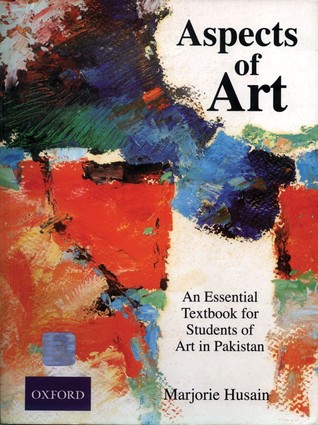
Art, Crafts and Calligraphy
· Calligraphy- The emergence of Islamic calligraphy
· Ceramics and Sculpture
Puppetry in Pakistan· Indus Civilization
· Features of Indus Valley Civilization
· Exploration of history through a Museum visit
Art and Architecture (From Indus to Mughal)
· Islamic Art and Calligraphy (Introduction of art and craft and calligraphy /origin from Persian artist and their calligraphy
· Pakistan Calligraphers (Anwar Jalal Shimza, Rasheed Butt, Hanif Ramy, Zahoor-ul-Ikhlaq, Arshad, Sadaqain, Shakir Ali, Gul gee, Aslam Kamal)
Review of this unit· Introduction to the Cubism Understand the Cubism
Pakistan Artist’s (Worked in Realism e.g. Shakir Ali Mansoor Rahi)· Intro about Realism
· Pakistan Art’s work in Realism
(Ali Imam, M. Husain, Hanjra, Khalid Iqbal, Ana Molka) Hands-on-activities
Basics of Mathematics
This Course is designed to acquire the knowledge about the basic concept and fundamentals of mathematics. This will help the students to get knowledge about different types of measurements of mathematics.

Ancient Art and Architecture of Pakistan and India
. Architecture
· Vedic Period architectural traditions
· Mauryan architecture
· Buddhist architecture: stupa, monastery, rock-cut sanctuaries, etc.
· Hindu architecture
2. Art
· Mauryan art
· Shunga art
· Early Andhra art
· Later Andhra art
· Mathura art (Kushan Period)
· Gandhara art (Kushan Period)
· Origin of the Buddha image
· Gupta art
· Ajanta cave paintings
· Buddhist art of Kashmir
· Iconography of Hindu Triad
· Rock art of Pakistan

Ancient Religions of Pakistan and India
1. Introduction
2. Jainism
- Jain tradition regarding twenty-four tirthankaras (prophets)
- Parshva and Mahavira
- Mahavira’s Life sketch
- Vardhamana Mahavira and his doctrine
- Jainism after Mahavira
- Jain canon, philosophy and icons.
3. Buddhism
· Buddhist literature
· Origin and Development of Buddhism
· Teachings of Gautama Buddha
· Hinayana and Mahayana sects
· Evolution of the Great Vehicle(Mahayana)
· Buddhist ethics and morality
4. Vedism, Brahmanism and Hinduism
· Vedas
· Upanishads and freedom of religious speculation
· The Bhagavad-Gita
· Vishnu’ savataras (incarnations)
· The doctrine of four vyuhas (phases of conditioned spirit)
· Images and their emblems of identification
· Shaivism
· Shaivism as a popular cult
· Maheshvara and Mahadeva
· Shaiva images
Important gods and goddesses and their characteristic iconographic features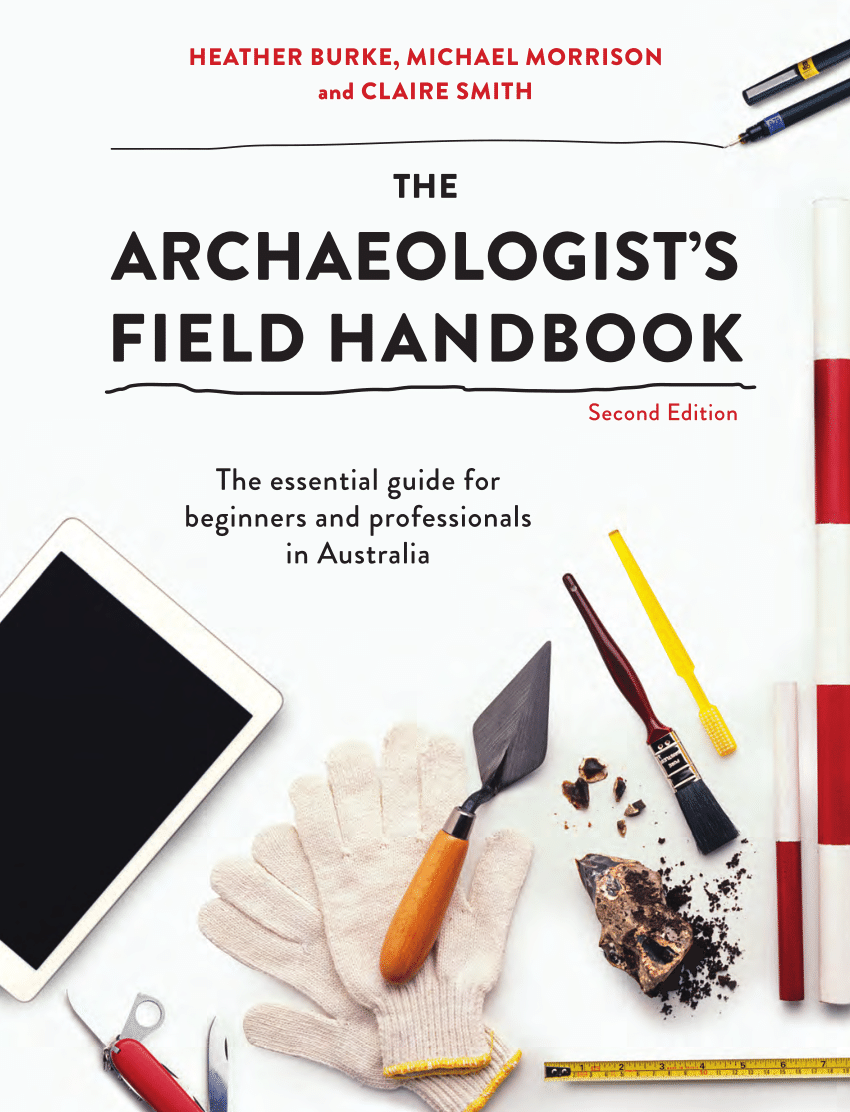
Field Archaeology
Theory
1. Introduction
- Concept, definition and scope of Archaeology
- The new Archaeology
- History of Archaeological research in South Asia to the present time
- The role of Archaeology in national development
· Archaeology as a scientific discipline
2. Time
- The “Three Age System”
- Relative and absolute chronology
- Stratigraphy and law of superimposition
- Pleistocene geo chronology
- Pollen analysis
- Cross-dating with objects of known age
- Dendrochronology
- Thermoluminiscence dating
- Radiocarbon dating
- Potassium-Argon dating
- Fission-track method
- Archaeo magnetic dating
3. Discovery
- How the ancient sites got buried?
- Avenues leading to the discovery of a site
- Chance discoveries
- Aerial reconnaissance: satellite imagery, aerial photography
4. Survey
- Geographical Information System (GIS)
- Global Positioning System (GPS)
- Map reading
- Interpretation of aerial photographs
- Photogrammetry
- Survey at ground level
- Chain survey
- Contour map
- Use of compass and theodolite
5. Excavation
- Organization of an archaeological excavation
- Excavation tools
- Lay-out of an excavation
- Excavation methods: grid-strip, quadrant, etc.
- Types of excavation: vertical, horizontal, rescue, etc.
- Sampling
- Trial trench
- Demarcation of layers
- Sample collection: soil, pollen, wood, charcoal, bones, etc.
6. Excavation Problems
- Open hunting camps
- Caves and rock-shelters
- Villages and towns
- Religious buildings: monastery, temple, mosque, etc.
- Stupa
- Burials
- Mud-brick structures
- Wooden structures
- Pit excavation
7. Recording
- Three dimensional measurements
- Graph plotting
- Record card
- Computer recording
- Field diary
- Archaeological photography
- Archaeological drawing
8. Pottery-yard
- Layout of pottery-yard
- Washing/cleaning and registration
- Classification
- Typology
- Pottery tabulation
- Pottery distribution map
- Frequency chart
9. Registration, Cataloguing
- Accession register
- Cataloguing of antiquities
- Antiquity distribution map
10. Reconstruction of Environment, Subsistence and Economic Patterns
- Reconstructing ancient environments
- Subsistence patterns
- Animal bones
- Vegetal remains
- Agriculture
- Domestic and wild animals
- Birds, fish
- Rock art
- Ancient dietary patterns
- Interaction network system
11. Ordering and Interpretation
- Seriation
- Typology
- Ethnographic analogy and comparative method
- Probability theory, statistical techniques
- Culture change: invention, migration and diffusion
12. Computer Application in the Analysis of Archaeological Data
13. Report Writing and Publication
Practical
· Pre-excavation exploration
· Archaeological surveying
- Use of survey equipment
- Site documentation: photographic, linear, visual
- Pre-excavation planning
- Excavation and documentation of archaeological features
- Three-dimensional documentation of structures, artefacts, sections
- Handling, classification and tabulation of pottery in pottery-yard
· Application of basic conservation techniques to artefacts in the field
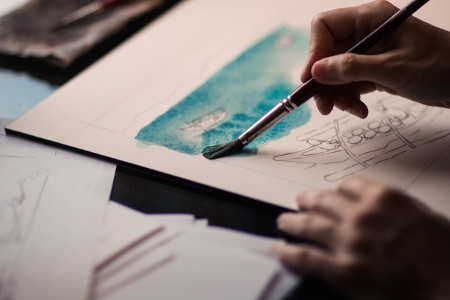
Introduction to Archaeology-I
Theory
· Definition and terminology of Archaeology
· Aims and objectives of Archaeology
· Brief history and development of Archaeology
· Relation of Archaeology with History, Anthropology
· Geography, Geology, Zoology
· Botany, Physics and Chemistry
Practical
· Visit to local sites and museums
· Photographic documentation of archaeological site
· Identification and drawing of artefacts
· Location of sites/monuments on the maps

English-2(ARCH)
The purpose of this course is to introduce the students to a broad range of academic writing and equip them with skills necessary for their prospective academic scholarship. The course starts with the elementary skills and practices of academic writing. Building on the skills of paragraph writing into essay writing, the students are to be exposed to the art of academic writing. The course also enhances the basic reading skills, techniques and strategies of the students essential for their academic skills and writing